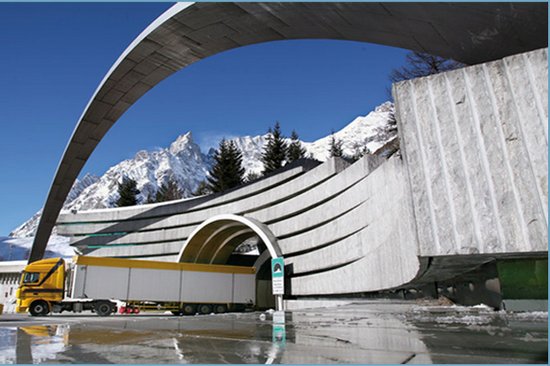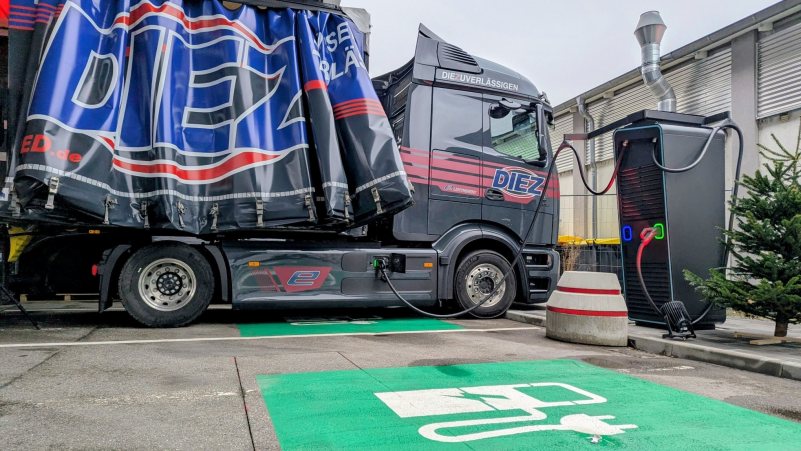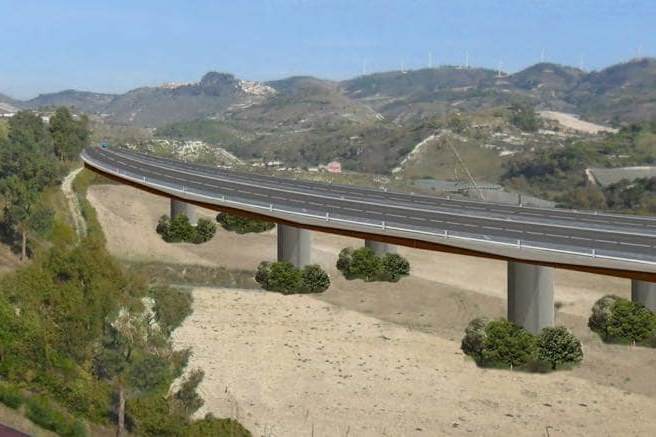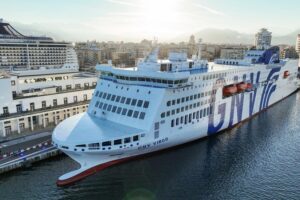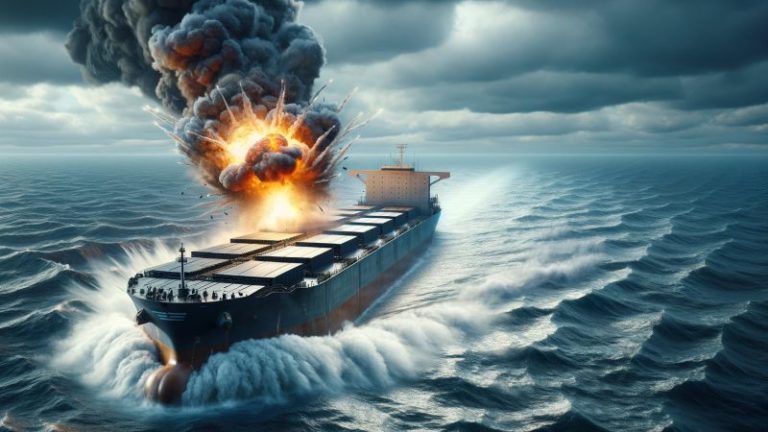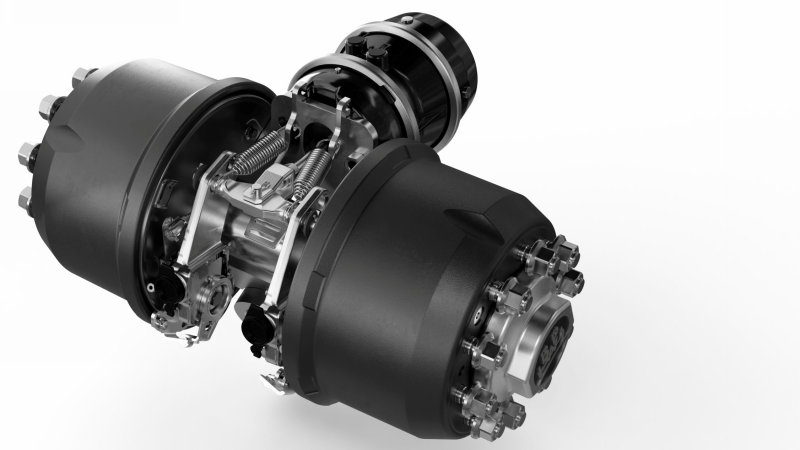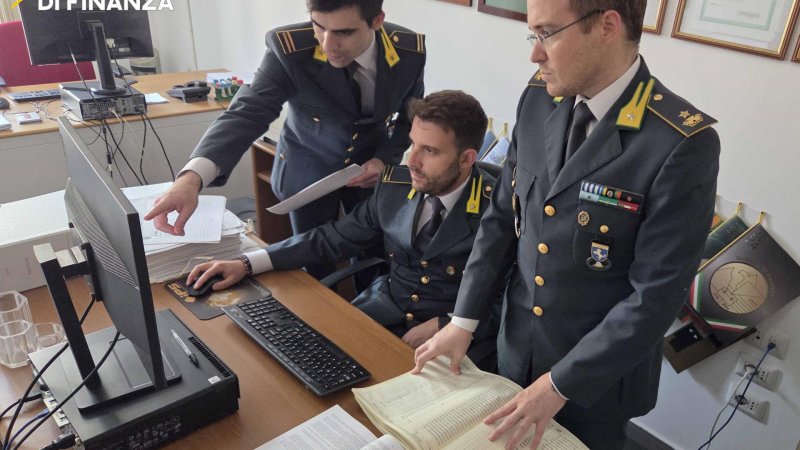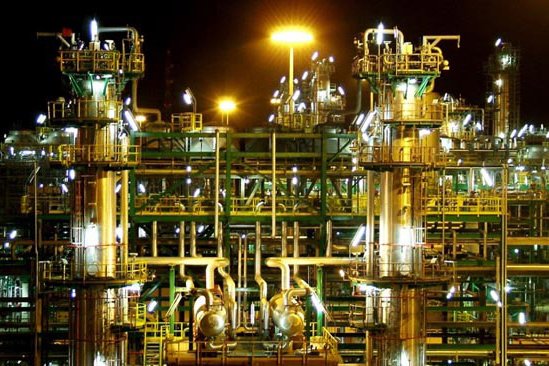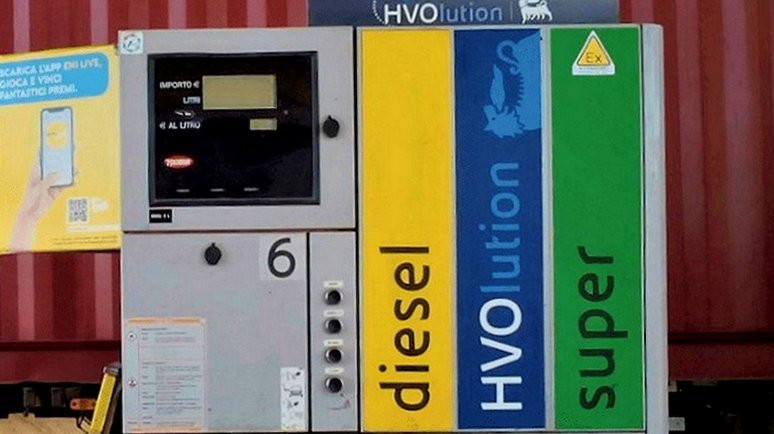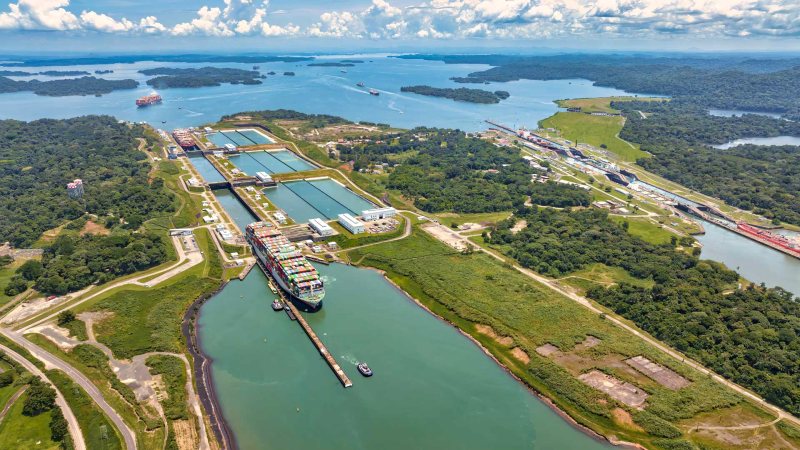Twelve days after being hit by a Houthi ballistic missile, the sinking of the Rubymar bulk carrier could intensify the crisis in the Red Sea area. It demonstrates that the Yemeni forces are capable of sinking a large merchant ship despite the presence of military ships from various countries aimed at ensuring safe navigation. It is still too early to ascertain the consequences of this event, but the trends in maritime freight rates and insurance premiums in the coming days will reveal if this sinking has indeed significantly heightened the risk level in the region.
Since the Houthi campaign of launching missiles and drones at ships within range from the mainland areas they control began, sixty ships have been targeted, although not all have been hit. Until the Rubymar, however, even successful hits had only caused minor damage, allowing the merchant vessels to continue their journey independently.
The most significant impact before the Rubymar's sinking was the rerouting of ships from the Suez Canal to the Cape of Good Hope, leading to a substantial increase in costs and travel time. At the end of February, the French company Cma Cgm announced it would partially resume navigation in the Red Sea, counting on the protection of French military ships. However, it remains to be seen how this decision will be implemented, as the company stated it would decide on a "case-by-case" basis.
Missiles and drones targeting merchant ships are not the only risk emerging in the Red Sea. Research by the Italian Giuseppe Bono Study Center – Seacs highlights the danger to the natural gas supply from Kuwait to Europe, as there are not enough gas carriers to maintain current levels through the circumnavigation of Africa. Ships take 18 more days to reach Italy, reducing the number of trips available per ship while freight rates increase.
Other risks include cyber-attacks - which are continuously increasing against operational technology systems in the maritime sector (from 50 in 2017 to over 500 in 2020) - the potential cutting of submarine cables used for the Internet (with major lines passing close to Yemen), the possibility of mine laying, and piracy.
Meanwhile, the presence of the Italian Navy in the area enables the activation of the Virtual Regional Maritime Traffic Control (Vrmtc) system. This is a virtual network that connects the operational centers of the Navies participating in the initiative, transmitting unclassified information related to merchant traffic of units over or equal to 300 tonnes. This information is sent in the Mersit format developed by the Italian Navy and is collected by a hub located at the Command in Chief of the Naval Fleet (Cincnav), making it available to all participants.



